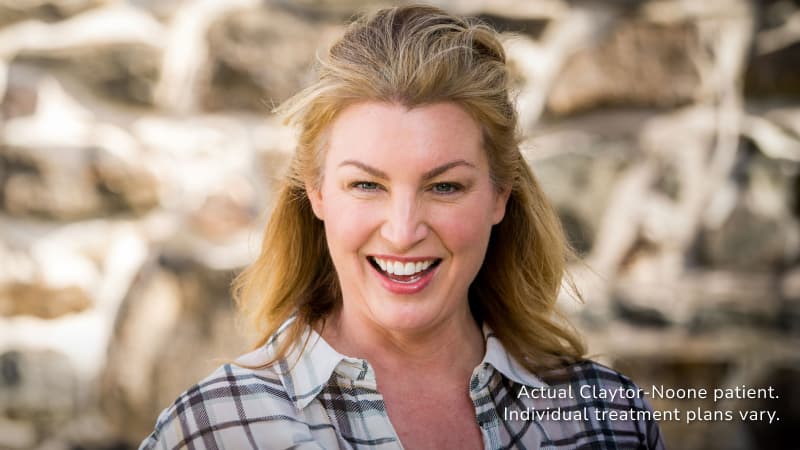Our noses are a focal point of our faces, and many people feel that their nose’s shape or size is simply too prominent or throws other features out of balance. Below, board-certified plastic surgeon Dr. Brannon Claytor explains some of the most common concerns related to nose shape and size, and the rhinoplasty procedures he offers to help patients achieve their personal goals for their nose appearance.
Cosmetic concerns related to nose shape or size
Concerns that often prompt patients to seek our services related to their nose’s shape or size include a dorsal hump, a bulbous tip, an asymmetrical nose shape, or a nose that is highly prominent.
Nasal bridge: Nose hump, dorsal hump
A dorsal hump is a pronounced bump on the bridge of the nose, due to the shape of the nasal bones and/or the cartilages in the middle and lower sections of the nose. A nose hump can be a hereditary trait or become more prominent after trauma to the area; it can also become more noticeable as skin becomes thinner through the natural aging process.
Nasal tip: Boxy tip, bulbous tip, droopy tip
The nasal tip plays a significant role in the overall appearance of the nose. Based on the shape of the cartilage beneath the skin, the tip of their nose may droop slightly, angle upward, appear bulbous, or have a boxy shape that the patient feels does not match their face. The tip shape can also exacerbate a dorsal hump.
Dr. R. Brannon Claytor
Dr. Claytor is board certified by the American Board of Plastic Surgery and holds over 20 years of experience as a cosmetic plastic surgeon. An innovator and teacher in the field of plastic surgery, he uses advanced techniques like the drain-free tummy tuck and deep plane facelift to streamline recovery and provide natural-looking, durable results.
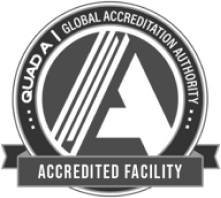
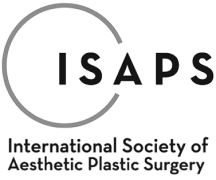
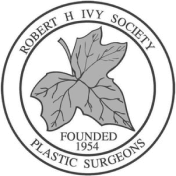

Nostril shape or size
Wide, narrow, or asymmetrical nostrils are common conditions that lead patients to meet with a plastic surgeon.
Deviated septum
A deviated septum, the central wall inside the nose, may cause breathing issues or may also result in the appearance of a crooked nose.
Oversize nose
Nose size issues may be a concern whether the nose is overly long, wide, or prominent.
Plastic surgery
Tens of thousands of people seek to change the shape or size of their nose for a variety of reasons, both aesthetic and breathing-related, every year. Plastic and reconstructive surgery is the right choice for many patients looking for a long-lasting nose reshaping.
Rhinoplasty
Rhinoplasty, commonly referred to as a “nose job,” involves reshaping the nose by altering the bone, cartilage, and soft tissue. Rhinoplasty is the procedure of choice for dorsal hump removal, correcting an overly wide or large nose, refining the nasal tip, straightening the nose, or changing the width of the nostrils.
This surgery can be performed using two methods: open rhinoplasty, where the incision is made across the columella (the skin between the nostrils), or closed rhinoplasty, where incisions are made within the nostrils. The chosen method depends on the extent of the reshaping required.
Other techniques involved may include:
- Dorsal hump removal involves reducing the hump on the nasal dorsum to create a smoother and more refined nasal bridge.
- Septoplasty is a surgery primarily performed to correct a deviated septum, which can affect breathing. However, it can also be combined with rhinoplasty to improve the appearance of the nose.
- Spreader grafts are small pieces of the patient’s own cartilage that may be used to maintain the integrity of the nasal structure after your rhinoplasty surgery
The key is to find a surgeon who specializes in rhinoplasty, which is an incredibly nuanced procedure: not only does it involve manipulating the soft tissues of the nose, but also the bone and cartilage must be handled precisely and expertly in order to achieve your goals for your appearance while preserving optimal nasal function.
Rhinoplasty with Septoplasty
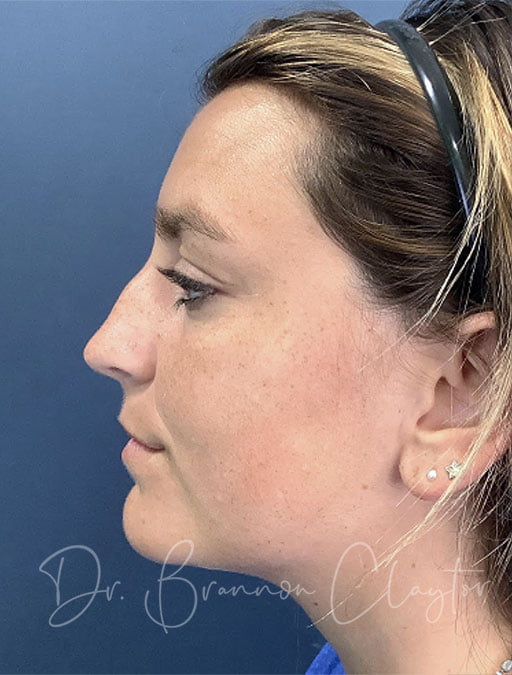
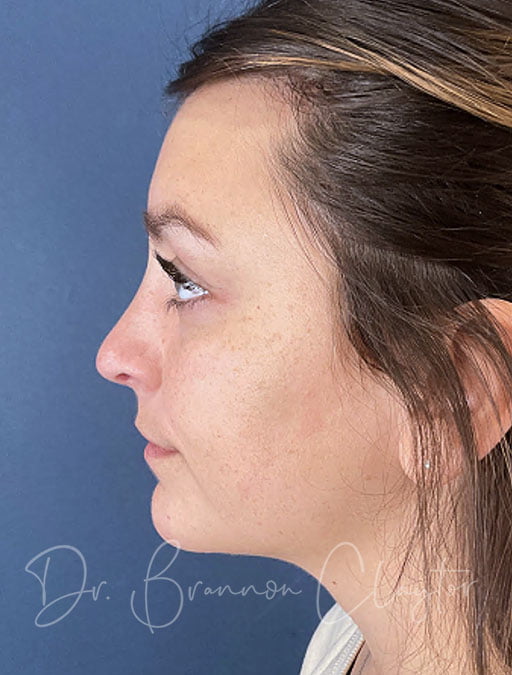
This 23-year-old was experiencing breathing anomalies and also wished to address their dorsal hump and tip. After photos show their results 9 months following a rhinoplasty with septoplasty.
*Individual results may vary
Non-surgical rhinoplasty with dermal filler
While plastic surgery often springs to mind when you think of changing your nose shape, it’s not the only solution. If your nose’s irregular shape is the concern, dermal filler injections may be able to smooth its shape out with an additive technique applied in specific areas.
This non-surgical rhinoplasty involves the use of dermal filler—a gel-like substance that can be injected precisely to “fill” gaps and areas, i.e. around the dorsal hump. By adding volume to the nose’s bridge and tip, the filler helps to create a straighter nasal bridge, reducing the appearance of the hump.
Dr. Claytor offers several dermal filler options, allowing him to carefully choose the ideal formula for your needs:
This method does not involve incisions, scarring, or long healing times; however, it is not a permanent solution, and only very specific nose shape issues can be treated with filler. Patients with a deviated septum, who want a smaller nose, or who require a significant change may not be candidates. It is key to find an experienced facial plastic surgeon (or an injector who works alongside one) to create the ideal proportions in the nose with filler.
Why choose Dr. Claytor for your plastic surgeon?
Double Board-Certified for a high level of safety and precision
Chief of Plastic Surgery at Main Line Health, a top health system
Board Member of The Aesthetic Society, shaping the future of aesthetics
8x Philadelphia Magazine Top Doctor for exceptional patient care
Recognized as one of America’s Best Plastic Surgeons by Newsweek
Drain-free recovery expert for faster, more comfortable healing
Deep plane facelift innovator and global educator
Active researcher in surgical and non-surgical aesthetic advancements
Highly regarded for his surgical expertise and outcomes, as well as his dedicated follow-up care

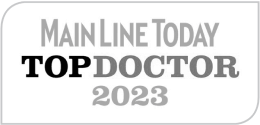

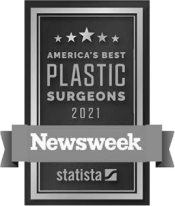

Whether you perceive your nose as too big or the shape doesn’t suit your face, Philadelphia plastic surgeon Dr. Brannon Claytor has solutions to help you feel more confident in your facial features with minimal downtime and precise results. Dr. Claytor is a rhinoplasty expert with many years of experience performing both open and closed rhinoplasty procedures. He also prioritizes patient safety and quality of care above all else, using the latest techniques to minimize risks and complications.
Schedule a consultation with Dr. Brannon Claytor today to explore your options and find out if you’re a good candidate: call (610) 527-4833 or contact our office online.

Medically reviewed by Dr. R. Brannon Claytor — Updated on Oct 24, 2024

